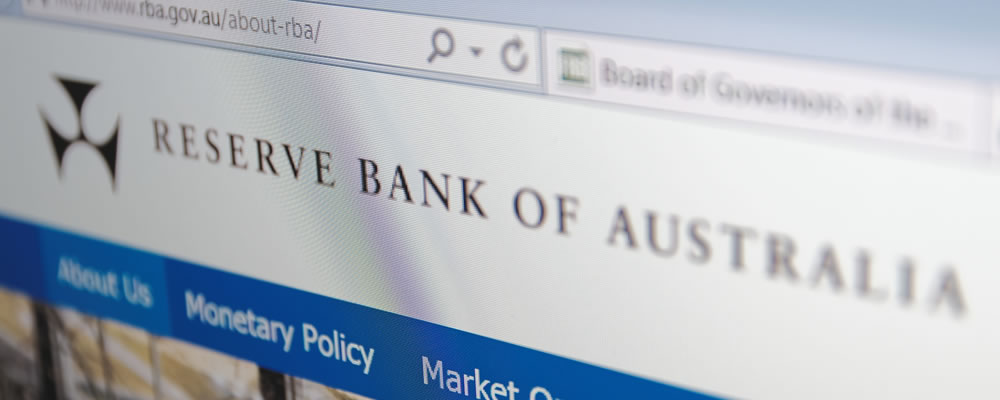Euro to Australian Dollar Exchange Rate Hits Best Levels in Months despite Lack of Drive in EUR
Investors sold off the Australian Dollar (AUD) once again on Wednesday, continuing a recent bearish trend for the ‘Aussie’ and helping to drive the Euro to Australian Dollar (EUR/AUD) exchange rate to its best levels in months.
Following last week’s EUR/AUD surge of over two cents from 1.5642 to 1.5860, the pair has continued its climb. EUR/AUD touched a new three-month-high of 1.5987 on Wednesday morning and trended relatively close to that level at the time of writing.
The Euro (EUR) spent most of the week so far benefitting from a weaker US Dollar (USD), but on Wednesday investors sold the Australian Dollar in reaction to surprise news from Australia’s Westpac Bank.
The Australian Dollar slumped as investors speculate that the Reserve Bank of Australia (RBA) would be pressured to keep Australian monetary policy frozen for even longer due to Westpac’s decision.
Euro (EUR) Exchange Rates Remain Sturdy despite Mixed Eurozone Data
Due to a generally optimistic outlook for the Eurozone economy, the Euro was able to hold most of its weekly gains against the Australian Dollar on Wednesday.
This was despite Wednesday’s Eurozone data coming in mixed.
Germany’s September consumer confidence survey report from GfK came in short of expectations when it was published, printing at 10.5 rather than remaining at 10.6 as forecast.
However, the data still indicated that German consumers were generally optimistic so the data did not have much of an impact on the Euro.
Similarly, France’s Q2 Gross Domestic Product (GDP) growth rate met forecasts and did little to influence the direction of Euro movement.
The Euro was also pressured by a modest rebound in the US Dollar (USD), which had been falling for most of the last week. Despite this though, the Euro remained near its best levels versus the ‘Aussie’.
Australian Dollar (AUD) Exchange Rates Slump on Fresh Reserve Bank of Australia (RBA) Uncertainties
Australian Dollar investors were shocked on Wednesday, as Australia’s Westpac Bank made the surprise announcement that it would hike its variable home loan rates by 14 basis points in September.
The bank, Australia’s second biggest lender, intended to raise its mortgage rates in order to preserve profit margins, due to higher wholesale funding costs. This caused concerns that other Australian banks would follow suit.
This could ultimately pressure the Reserve Bank of Australia (RBA) to leave Australia’s monetary policy frozen for even longer, in order to offset moves from other banks.
Investors sold the Australian Dollar as Reserve Bank of Australia interest rate hike bets fell, and political uncertainties in Australia kept persistent pressure on the ‘Aussie’ too.
Euro to Australian Dollar Forecast: Major Eurozone Ecostats Could Keep EUR/AUD Afloat
The Euro to Australian Dollar (EUR/AUD) exchange rate could sustain most of this week’s gains depending on upcoming Eurozone data, especially if the Australian Dollar and US Dollar (USD) remain unappealing.
Thursday will see the publication of the Eurozone’s final August confidence survey stats, as well as German unemployment and Consumer Price Index (CPI) inflation rate data from August.
Friday will follow with the Eurozone’s overall August inflation rate projections.
Eurozone inflation could be particularly influential, as higher than expected Eurozone inflation may bolster European Central Bank (ECB) interest rate hike bets.
On the other hand though, if Eurozone data disappoints or US Dollar (USD) strength rises, the Euro could weaken.
The Australian Dollar, on the other hand, is likely to remain under pressure due to domestic political and monetary policy uncertainties.
However, the Euro to Australian Dollar (EUR/AUD) exchange rate could still be influenced by upcoming Australian building and private sector credit data.



